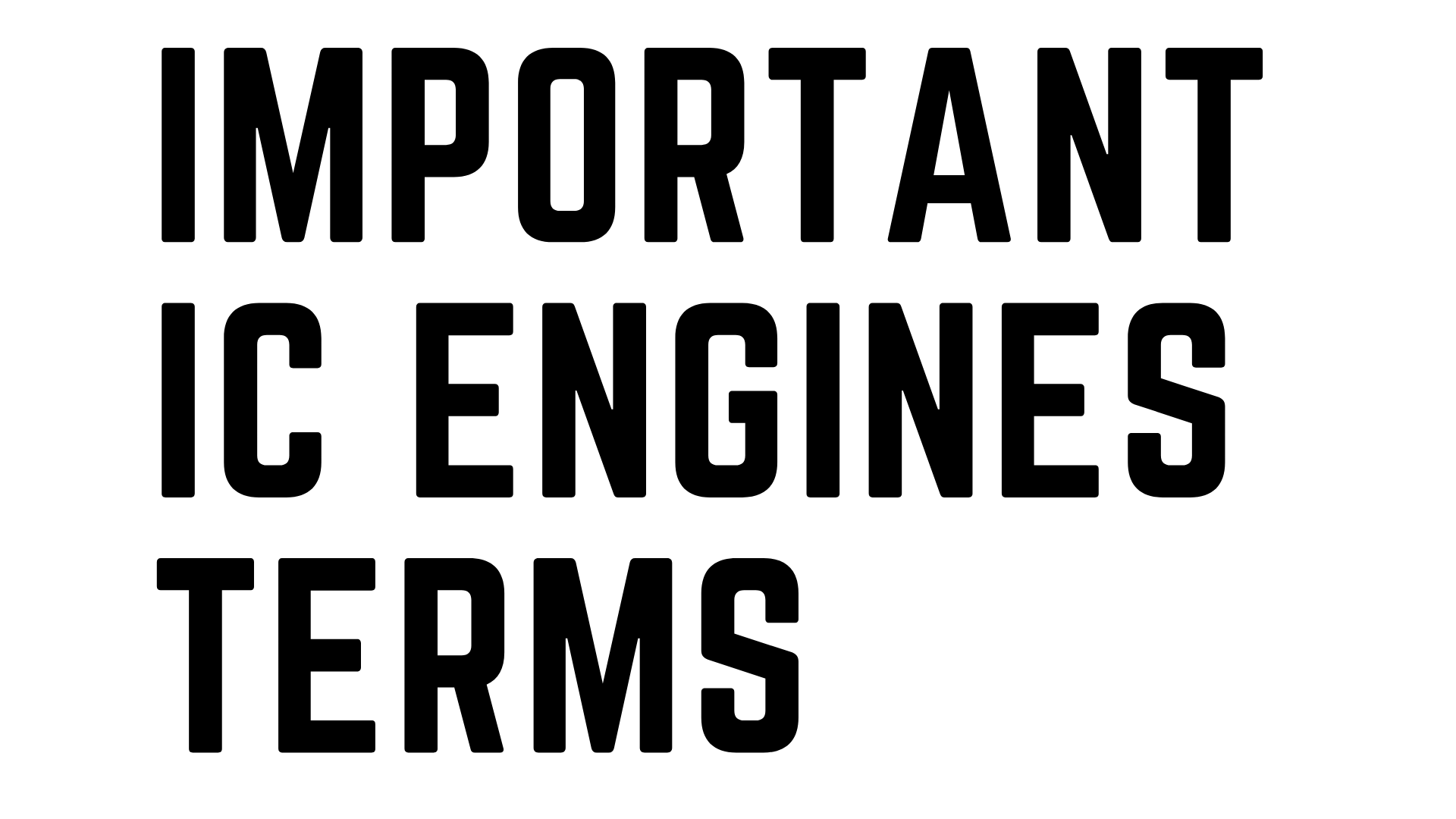Leading maritime community ! [email protected]

IC (Internal Combustion ) Engines are the backbone of shipping industry . Here are listed some important terms , one should know for marine engines .
Table of Contents
ToggleThis term refers to the volume swept by the piston during one stroke and is the product of the piston area and stroke.
It is the volume remaining in the cylinder when the piston is in the top-centre position. The difference between the total cylinder volume and the swept volume is equal to the clearance volume. The clearance volume space forms the combustion chamber.
This is the value obtained from dividing the total cylinder volume by the clearance volume and will be from 12 to 18, depending on the engine design. If the compression ratio is below 12-the engine may be difficult to start. High speed engines with small cylinders usually have high compression ratios. Slow speed direct•propulsion engines have compression ratios of around 14
This is the ratio of the volume of air drawn into the cylinder (at normal temperature and pressure) to the swept volume. In naturally aspirated four-stroke engines the volumetric efficiency will be from 0.85 to 0.95
This is the ratio of the volume of air (at normal temperature and pressure) contained in the cylinder at the start of compression to the volume swept by the piston from the top edge.of the ports to the top of its stroke.
This is the ratio of the volume of air (at normal temperature and pressure )contained in the cylinder at the start of compression to the swept volume of the piston. This term has now more or less replaced the previous two terms. It is sometimes referred to as air mass ratio or air supply ratio. In four stroke engines the value will vary from 0.85 for naturally aspirated types up to 4 or more in highly supercharged engines. In two-stroke engines the value will be from 0.85 for simple engines with ported scavenge and exhaust, up o 2.5 for supercharged engines.
It is a term applied to four-stroke engines where the air charge is brought into the cylinder only by the downward movement of the piston without other aids.
It is a term used to indicate that the weight of air supplied to the engine has been considerably increased. This allows more fuel to be used per stroke with a consequent increase in engine output power. More power is developed by a supercharged engine than by a non-supercharged engine of the same bore, stroke and speed. Supercharging has had the effect of lowering the specific weight of diesel engines, i.e. more horsepower is obtained per ton of engine weight. The term pressure-charging is now used generally instead of supercharging. Where use is made of an exhaust-gas turbo-driven compressor, the term turbocharging is often used.